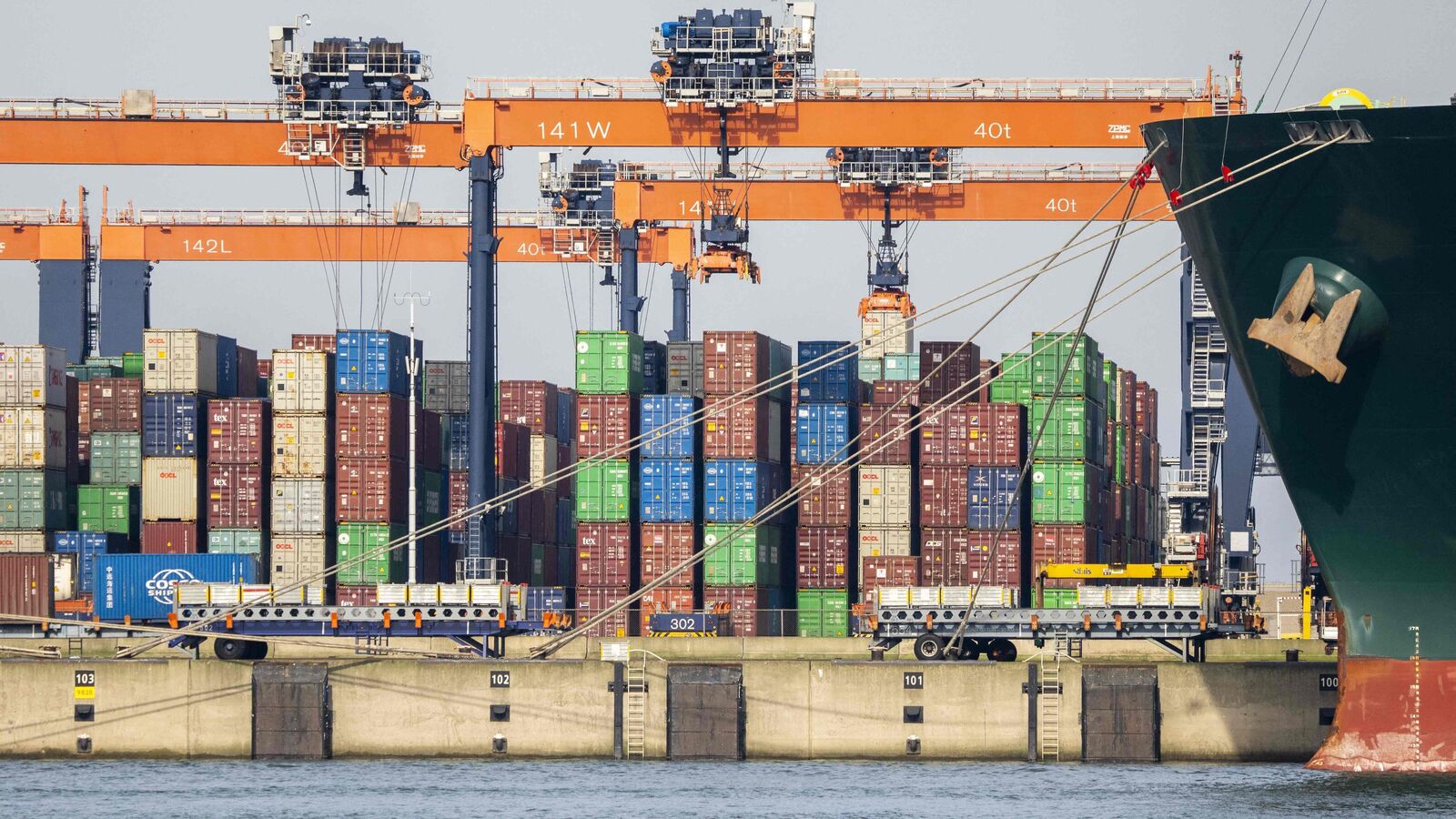Moody’s Adjusts India’s Growth Outlook Amid US Tariff Changes
In a recent update, Moody’s Analytics has revised its growth forecast for India in 2025, reducing it to 6.1%—a decline of 30 basis points from their previous March estimate. This adjustment comes in light of new tariffs imposed by the United States, which are expected to impact various economies, including India.
Impact of US Tariffs on India’s Economy
The U.S. administration, under President Donald Trump, recently announced a temporary freeze on many of the stringent tariffs initially proposed, replacing them with a 10% blanket tariff for a 90-day period. This decision aims to mitigate the immediate economic effects, but the longer-term implications remain uncertain.
- Countries affected by these tariffs include Cambodia, Laos, Vietnam, Thailand, Taiwan, India, South Korea, Japan, Indonesia, and Malaysia.
- Most of these nations were facing tariff rates between 24% and 46%, but the current policy change provides a temporary reprieve with reduced tariffs.
Additionally, a 27% reciprocal tariff has been placed on Indian goods, as the U.S. contends that India imposes an average tariff of 52% on American imports. This tariff escalation strains trade relationships and complicates financial dynamics for India.
Navigating Economic Uncertainty
Moody’s has pointed out that the real challenge for India lies in balancing immediate trade disruptions while also strategizing for future growth. The uncertainty surrounding negotiations and potential tariff durations adds pressure to an already volatile market environment.
- The Indian economy recorded a 6.2% growth in the last quarter, reflecting a recovery from a near two-year low.
- To align with the National Statistical Office’s revised growth target of 6.5% for the fiscal year ending March 2025, India must achieve an ambitious 7.6% growth rate in the upcoming quarter.
Furthermore, the Reserve Bank of India (RBI) has adjusted its growth forecast for FY2025-26 to 6.5%, down from 6.7%, recognizing the impact of the U.S. tariffs as a significant risk factor.
Future Projections and Strategic Considerations
The Asian Development Bank has echoed these sentiments, lowering its growth forecast for India to 6.7% for FY26, attributing the change to the U.S. tariffs’ potential risks on trade and investment stability. In contrast, an EY Economy Watch report suggests that India’s growth could stabilize at 6.5% in FY26, emphasizing the importance of a balanced fiscal strategy that supports human capital while ensuring fiscal responsibility.
Moody’s also anticipates that the sectors most affected by the U.S. tariffs will include gems, medical devices, and textiles. However, they note that India’s overall growth is likely to remain robust, given its limited dependence on external demand.
- As inflation eases, the RBI might consider further interest rate cuts, potentially reducing the policy rate to 5.75% by the end of the year.
- The RBI recently lowered the repo rate by 25 basis points to 6%, shifting its stance to an accommodative one, which signals room for additional cuts.
In summary, while the imposition of tariffs poses immediate challenges, India’s economic resilience may allow it to navigate these turbulent waters, provided that strategic fiscal measures are implemented effectively.











